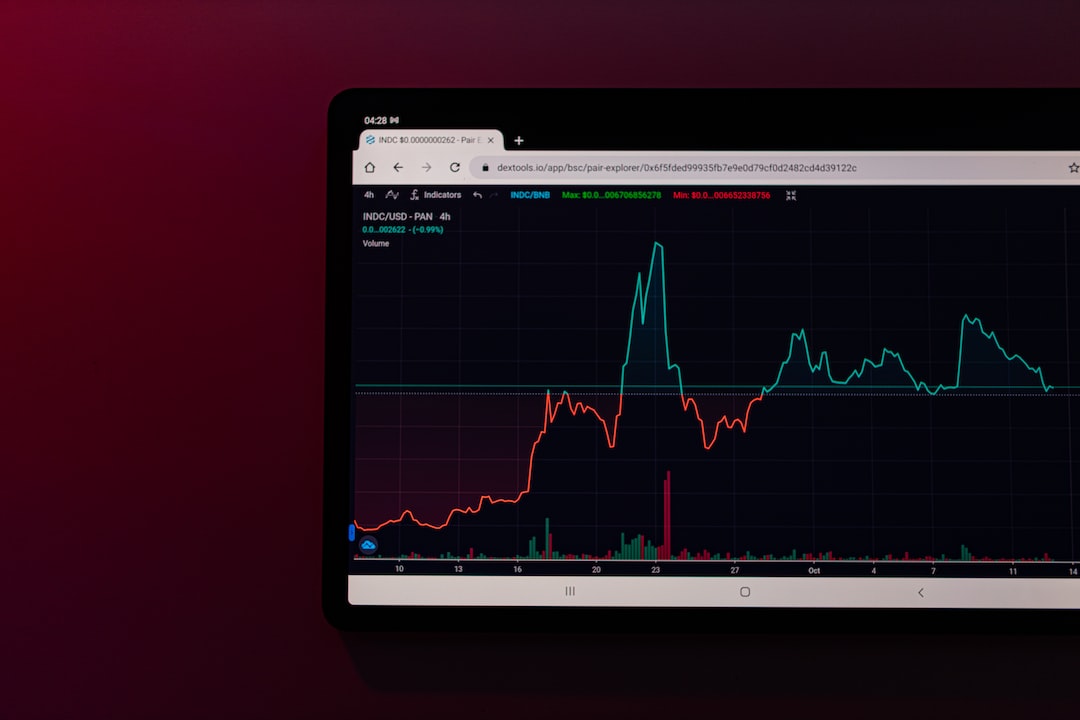Potential Market Disruptions Raise Concerns
The recent collapse of FTX led to significant drops in the market, raising concerns about the potential for future disruptions to trigger similar downturns. However, despite these fluctuations, Bitcoin has shown resilience by recording a 1.15% increase in 2024. Within 72 hours of ETF trading, Bitcoin reached a yearly high of $49,100 and a low of $41,500. Additionally, the Coinbase BTC/USD trading pair saw its highest sales volume in the weekly timeframe since the FTX crash in November 2022.
Panic Selling Hits $5 Billion In A Day
The week of Bitcoin ETF activities was marked by panic selling instead of buying. The volatility in the market had a psychological impact on investors, resulting in a significant amount of BTC being sold at a loss compared to the purchase price. On January 12, Glassnode data revealed that 88,000 BTC (equivalent to $3.75 billion) was sold at a loss, with total sales amounting to 111,000 BTC (approximately $4.7 billion). These sales were mainly from short-term holders (STHs) who entered the market speculating on further upward movement.
BTC Miner Outflows Reach Six-Year Highs
Miners have been transferring large amounts of BTC to exchanges, reaching levels not seen in years. This surge in outflows is driven by the need for enhanced liquidity as miners prepare for higher capital expenditures. While increased miner outflows have been seen as potentially bearish for Bitcoin’s price in the past, this correlation is not always definitive and outcomes can vary.
BTC Long-Short Ratio Reaches Multi-Month High
The long-short ratio for Bitcoin on Binance Futures has reached its highest level in several months, indicating investor anticipation and a positive outlook for Bitcoin’s price. A high long-short ratio reflects bullish sentiment in the market. However, extreme consensus or one-sided sentiment can sometimes serve as a contrarian indicator and may lead to market corrections or consolidation.
What Now?
The $40,000 psychological level is a potential support for Bitcoin prices in the short term, but support may be found even lower at $38,000. Despite short-term corrections, long-term expectations for Bitcoin remain bullish, driven by demand for ETFs among institutional players. However, ETFs offer little advantage over self-custody and their demand may decline as Bitcoin adoption increases. The upcoming bitcoin halving is also seen as a potential catalyst for crypto prices.
Conclusions
The approval of Bitcoin ETFs indicates what to expect in the next Bitcoin hype cycle. The recent decline in BTC may be followed by a recovery and consolidation period. Ethereum and other altcoins may benefit if Bitcoin’s dominance weakens.
Hot Take: Expectations for Bitcoin’s Future
Despite recent market fluctuations, Bitcoin continues to show resilience and potential for growth. With the approval of ETFs and increasing institutional interest, the long-term outlook for Bitcoin remains predominantly bullish. However, it’s important to consider the potential risks and challenges associated with ETFs and the upcoming bitcoin halving event. As the crypto industry evolves, self-custody may become more prevalent among institutions. Overall, while short-term corrections are expected, the future of Bitcoin looks promising with the potential for broader adoption and increased investment from various entities.





 By
By
 By
By

 By
By
 By
By
 By
By